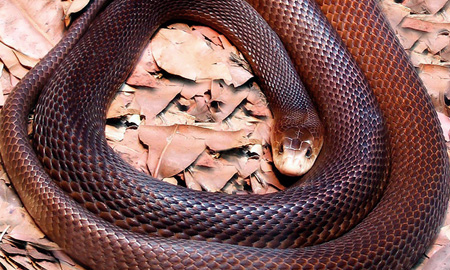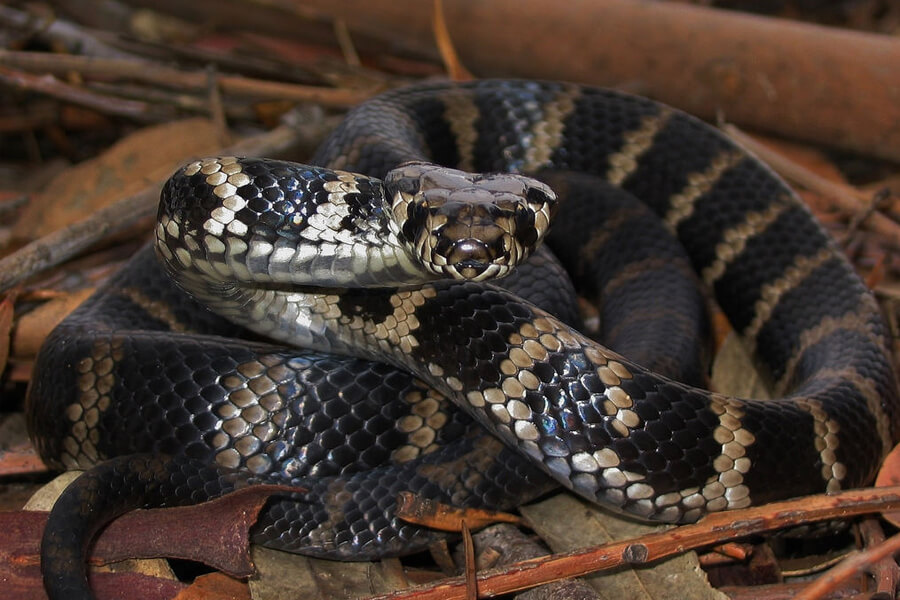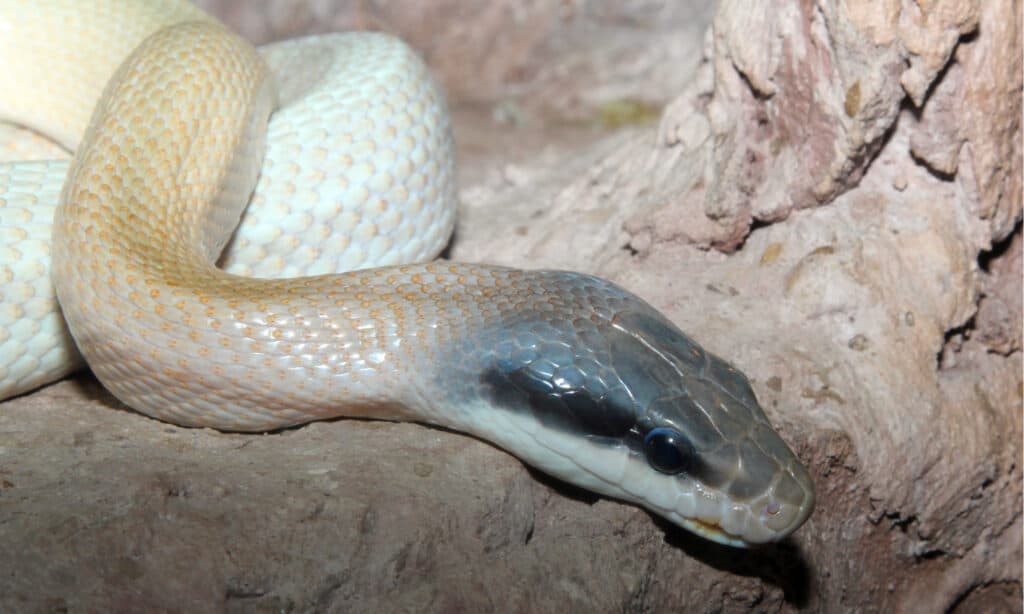Introduction
Tiger serpents are amongst one of the most well-known and feared reptiles in Australia, extensively identified for their striking appearance and powerful venom. This post aims to look into the details of the tiger serpent's habitat, circulation, habits, and what one can anticipate when encountering these interesting animals. By understanding where to locate them and how to browse prospective risks, you can value their duty in the community while guaranteeing your security.
Tiger Snake Habitat: Where to Locate Them and What to Expect
Tiger snakes are predominantly found in southeastern Australia, consisting of Tasmania, where they prosper in a selection of settings. Their adaptability allows them to live in varied terrains such as coastal areas, wetlands, grasslands, and also city locations.
Geographical Distribution of Tiger Snakes
The geographical reach of tiger snakes expands across numerous Australian states. They are specifically common in:

- Tasmania: The Tasmanian tiger serpent is just one of the most identified subspecies. Victoria: Located near water bodies like rivers and lakes. New South Wales: Choosing bushland locations near water sources. Western Australia: More typically seen around swamps and estuaries.
Understanding the geographical distribution is crucial for both conservation efforts and public understanding pertaining to encounters with these snakes.
Preferred Environments of Tiger Snakes
Tiger serpents thrive in different environments. Below are some typical settings where they may be found:
Wetlands: They prefer marshy or boggy areas where they can access victim easily. Coastal Regions: Near coastlines or rough shorelines give bountiful food resources like fish and amphibians. Forested Areas: Dense thicket uses shelter from predators while giving searching grounds.Behavioral Patterns Connected to Habitat
Understanding tiger serpent behavior within their environments is vital for communication monitoring:
- Nocturnal Activity: Tiger snakes have a tendency to be extra energetic during twilight hours (dusk and dawn), making them more challenging to find throughout daytime. Territorial Nature: They exhibit territorial behavior; thus, it's vital to respect their room if encountered.
This understanding can aid alleviate unwanted communications in between people and tiger snakes.
Are Tiger Snakes Venomous?
click hereYes, tiger snakes are without a doubt venomous. Their poison contains neurotoxins that can create paralysis or perhaps death if untreated.

What Makes Their Venom Dangerous?
The strength of a tiger serpent's venom varies relying on numerous elements:
- Geographic location Individual health Quantity infused during a bite
Symptoms of a Tiger Serpent Bite
Recognizing signs and symptoms early is essential:
- Pain at the bite site Swelling Difficulty breathing
Immediate medical interest is important if bitten.
First Aid for Serpent Bites
Knowing emergency treatment procedures can be lifesaving in instance of a serpent bite.
First Help Steps for Snake Bites
Stay tranquility; maintain the affected area still. Call emergency services immediately. Apply a stress bandage over the bite site. Keep the specific relaxing till aid arrives.Following these steps can significantly improve results complying with a snake encounter.
Where Else Can You Encounter Tiger Snakes?
While they're typically located in their all-natural habitats, urbanization has actually caused raised encounters with humans.
Urban Encounters
Tiger snakes might venture into gardens or parks searching for food or water sources.
Precautions When Treking or Exploring
When discovering locations understood for tiger serpent environments:

- Wear thick boots Stay on paths Be vigilant
Taking these precautions will assist minimize risks while you appreciate nature.
Baby Tiger Snakes: An Unique Perspective on Growth
Just like grownups, infant tiger first aid for snake bites snakes are born venomous but smaller sized in size.
Characteristics of Baby Tiger Snakes
- Size: Normally around 20-- 30 cm when born. Appearance: Sport comparable pigmentation as grownups however might have lighter bands initially.
Understanding their growth aids in valuing their ecological duty from infancy onward.
FAQs regarding Tiger Snakes
1. Are all tiger snakes venomous?
Yes, all varieties of tiger snakes have venom capable of creating severe https://marketerly2.gumroad.com/p/what-does-a-tiger-serpent-bite-appear-like-acknowledging-signs-early harm.
2. Exactly how can I determine a tiger snake?
Look for distinctive banding patterns ranging from yellowish-brown to blackish colors along their bodies; grownups usually expand between 1-- 2 meters long.
3. What need to I do if bitten by a tiger snake?
Seek instant medical interest; use first aid actions as discussed earlier while keeping calm.
4. Do child tiger snakes pose any kind of danger?
Absolutely! Despite their little size, baby tiger serpents are still venomous and can deliver bites that need severe medical attention.
5. Exist any kind of details habitats I must avoid?
Avoid going through dense underbrush or near stationary water where conditions prefer serpent visibility throughout warmer months.
6. Exactly how do preservation initiatives affect tiger serpent populations?
Conservation campaigns concentrate on environment conservation which straight impacts populace stability by guaranteeing adequate food sources and risk-free breeding locations.
Conclusion
In summary, understanding "Tiger Snake Environment: Where to Find Them and What to Expect" not only enriches our expertise concerning these exceptional reptiles yet likewise boosts our ability to exist side-by-side securely with them in shared settings. From acknowledging their liked environments to knowing how to react successfully if bitten, thorough expertise equips us all-- whether we're wild animals enthusiasts or casual hikers-- to appreciate this fascinating element of Australia's all-natural heritage while prioritizing our safety.
This write-up acts as a substantial overview on whatever pertaining to tiger serpent environments! Whether you're a devoted explorer or somebody looking simply for information about these animals, understanding exactly how they engage within their communities-- and exactly how we fit into that photo-- is crucial!